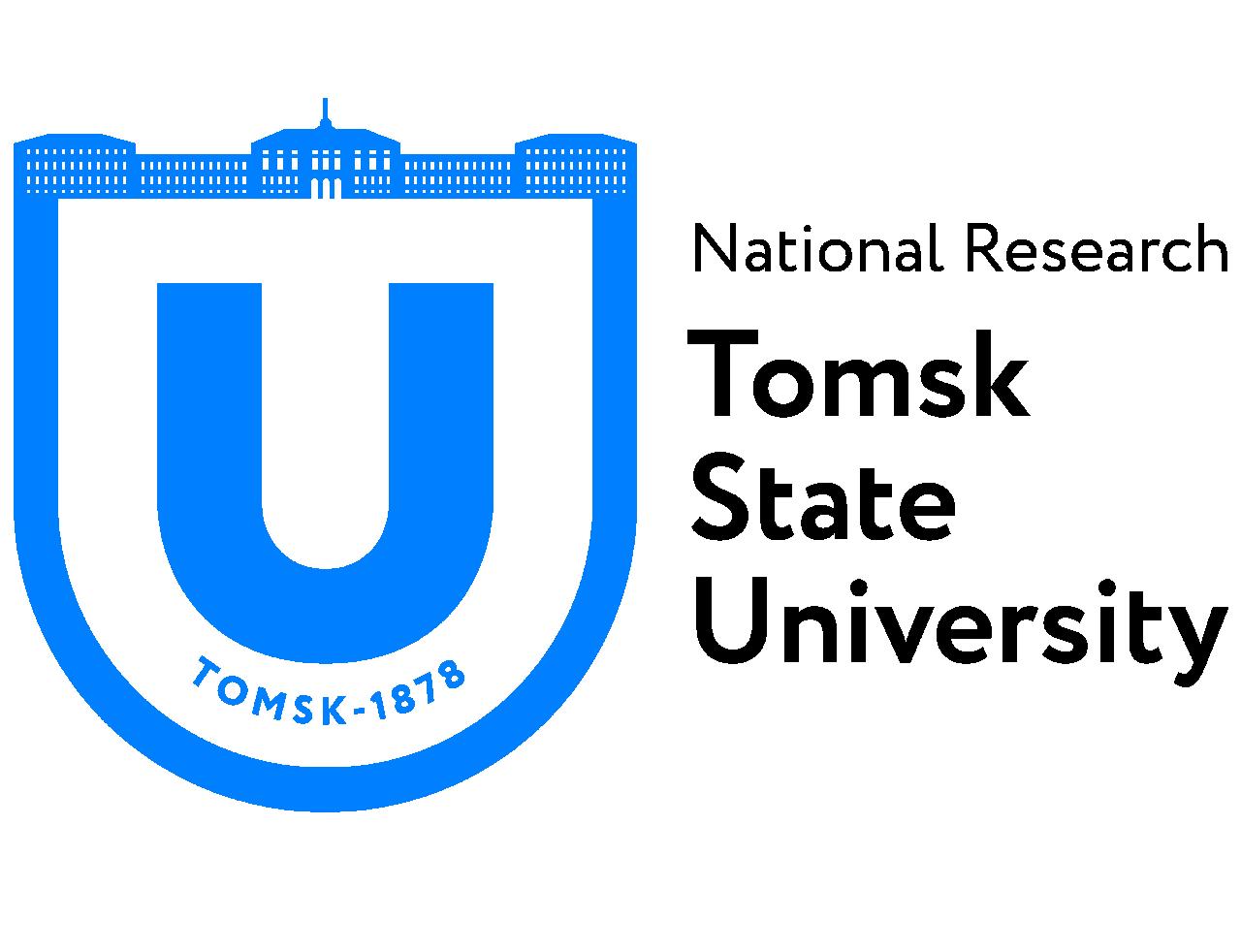Tomsk State University: TSU botanists have sequenced the genome of feather grasses
The article, “The first draft genome of feather grasses using SMRT sequencing and its implications in molecular studies of Stipa”, is published in Scientific Reports (Q1, IF 4.379), by Springer Nature.
The international research team comprised Polina D. Gudkova and Evgenii Baiakhmetov of the TSU laboratory Herbarium, Marcin Nobis of Jagiellonian University (Krakow, Poland), and Cervin Guyomar and Ekaterina Shelest of German Centre for Integrative Biodiversity Research (iDiv, Leipzig, Germany).
“Recently sequencing costs have decreased, and new technologies, such as PacBio, are actively used for whole-genome sequencing of non-model plant species. Sequencing a whole or even a draft genome is often the first step to understand many fundamental processes of evolution,” explains Evgenii Baiakhmetov, researcher at Herbarium and PhD student at the Institute of Botany, Jagiellonian University.
Stipa capillata is one of the most widespread species of feather grass. Many taxa of the genus are dominants in steppe plant communities and can be used for their classification and in studies related to climate change. Moreover, some species are of economic importance, mainly as fodder plants, and can be used for soil remediation processes. Although large-scale molecular data has begun to appear, there is still no complete or draft genome for any Stipa species.
The scientists have conducted a third-generation sequencing, PacBio, to get a draft genome of 1 billion nucleotides containing 80 thousand genes. Moreover, the study presents evidence of the allopolyploid nature of S. capillata, calculates divergence time of several Stipa species, demonstrates structural heteroplasmy of the chloroplast genome, and announces for the first time the mitochondrial genome in Stipa, as well as introduces a set of core markers for further research.
The assembled nuclear, mitochondrial and chloroplast genomes provide a significant source of genetic data for further work on phylogeny, hybridization, and population studies within Stipa and the grass family Poaceae.
“Two years ago we were able to get support from the Russian Science Fund (№ 19-74-10067) that allowed for the more complex study of the Stipa genus. Currently, we only have a preliminary idea about the genome of one of the species. Our goal is to get a whole genome on the chromosomic level and explain the evolution of the Stipae tribe,” explains Evgenii Baiakhmetov.
Bioinformatics that process a large amount of data is a rapidly developing area, with emerging new ways of analyzing polypoid species. That is why scientists need to continuously learn something new.
“I was lucky to visit iDiv in Leipzig, where I got acquainted with basic approaches to data analysis. I am sure that this new area will help us fully interpret evolutionary processes and patterns of feather grass,” Evgenii Baiakhmetov sums up.

